"This technology will replace stereo": Behind the scenes of groundbreaking 3D sound project Immersive London Calling
This 55-track compilation, mixed in 360 Reality Audio at London's ARK360° Studio, makes a convincing case for the post-stereo world

“I’m convinced that this technology will replace stereo,” exclaims ARK360° COO Kristopher Winter, when asked of the future of the immersive audio formats that he and his team have been exclusively working in.
Alongside CEO Ricky Barber, Winter and a globe-spanning cabal of engineers have been at the forefront of converting many of the world’s biggest tracks into immersive audio formats, specifically Sony’s 360 Reality Audio and Dolby Atmos.
Based at The Church Studios in Crouch End, London, ARK360° is not only working with labels and clients such as Sony, WMG, and UMG, but has recently built a bridge for new and emerging artists to both create, mix and present tracks in this all-encompassing format. The Immersive London project took a group of 30 London-based artists and producers and sought to equip them with the know-how to think in 360°.
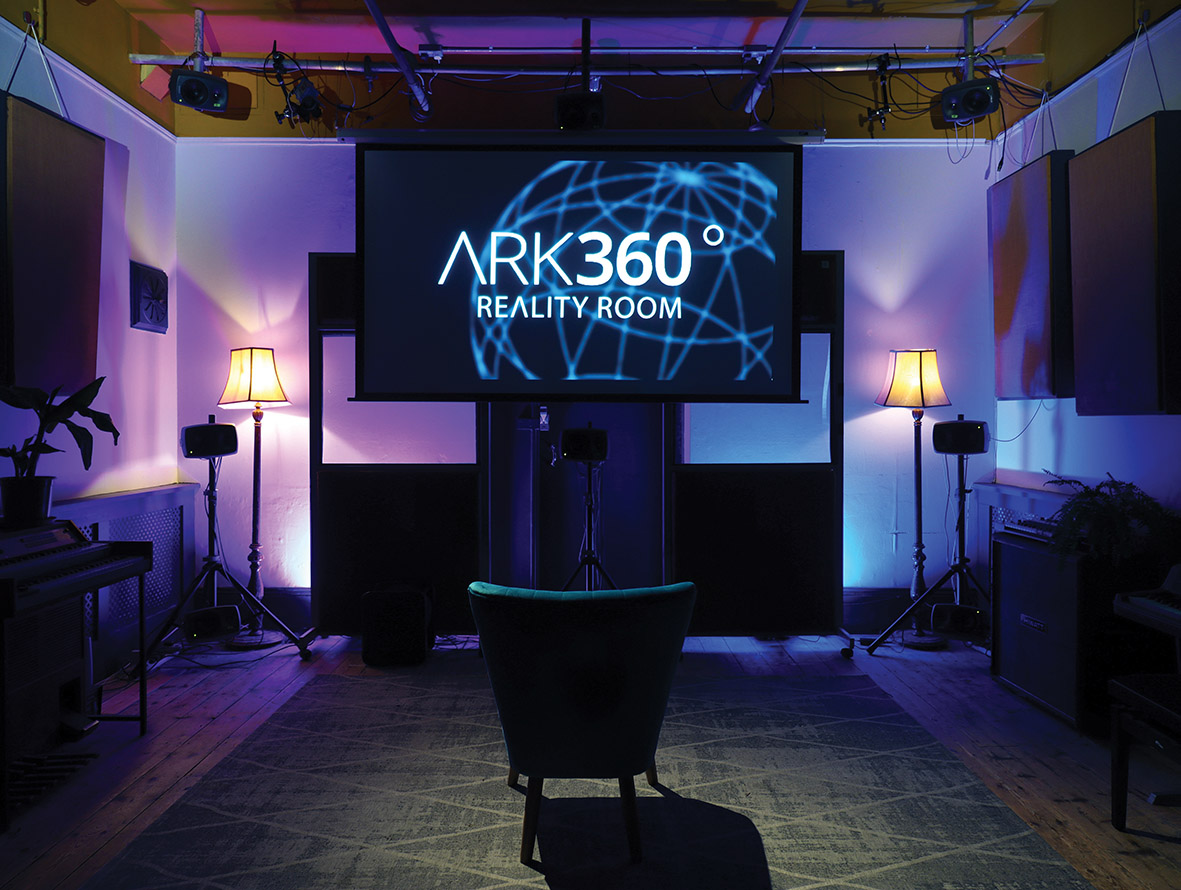
“It was the first time we’d done it,” Kristopher explains. “The concept emerged in my head around a year ago. The reason was that we had been converting stereo compositions into immersive audio formats. So, we started some conversations with labels and artists on how to write for this format. I suggested we allow people to just compose with this spherical mindset. Giving them time to create and imagine sounds that moved.
“Then, we wanted to provide the skills and tools to our participants to do that. That was the most important thing for us: to change how we think about how our tracks are delivered as a final project. This is the first time that artists have created for this format in such a high volume. We ended up with 60 tracks in total.”
Bubble up
Mixing for this bubble-shaped soundstage required tools that would provide the necessary spherical mixing view. The team instructed the range of their Academy participants in how to use 360 WalkMix Creator, a spatial audio plugin that can be used with numerous DAWs. While the 360RA output format (Reality Audio) might not be as popular as the increasingly common Dolby Atmos, according to Winter, it offers wider creative scope: “This format differs a little from Dolby Atmos as the mixing area is completely spherical. In Dolby, you’ve got a kind of dome-type structure, but in 360RA you’ve also got the lower space of the sphere to work with.”
Taking stems or multi-tracks, WalkMix Creator renders these track elements as small granular objects. These can be colour-coded and placed around the orb-like space. Movement and effects modulation can be automated as it would when working in regular stereo. WalkMix is also equipped with a virtualiser which can work in tandem with most pairs of studio headphones.
Want all the hottest music and gear news, reviews, deals, features and more, direct to your inbox? Sign up here.

This replicates not only the surround sensation that you’d experience when playing back the track in a room, but also factors in the qualities of room echo (and the natural distortions that our own ear-shape adds) that all affect the final sound. This granted artists without state-of-the-art surround speakers the ability to operate in this realm without forking out for an expensive installation.
We ask Kris what he feels the biggest difference working in this field is. “Perceiving and feeling: that’s the difference. I think the feeling is the most crucial benefit of immersive audio. Any stereo file gives you a heavily compressed block of left/right audio. But, that’s not how waveforms behave in the atmosphere.
“What immersive audio changes is that it allows you to feel the sound. Also, and I think this aspect is badly overlooked by a lot of people, immersive gives so much more information: elevation, movement and interactivity. That latter aspect is something that will be more of a factor in the future.”
Welcome to reality
The three-month Immersive London project has now culminated in a 55-track compilation – Immersive London Calling. Selections of this nearly four-hour listening experience were recently demonstrated at L-Acoustics’ Listening Room in Highgate, London. There, many of the artists involved could hear the results of their work for the first time played back on a world-class immersive audio speaker system.
Among the artists in attendance was Yumé NET, aka Mei Miyazaki Kirby. Her track Worship the Feeding Hand was one of the notable highlights of the evening, oscillating between wailing electronic textures and skittish jazz rhythms, with a pounding subby kick at its heart. We wondered how Mei had found the experience of writing the track in immersive audio, but first we asked her what she knew about immersive formats already.
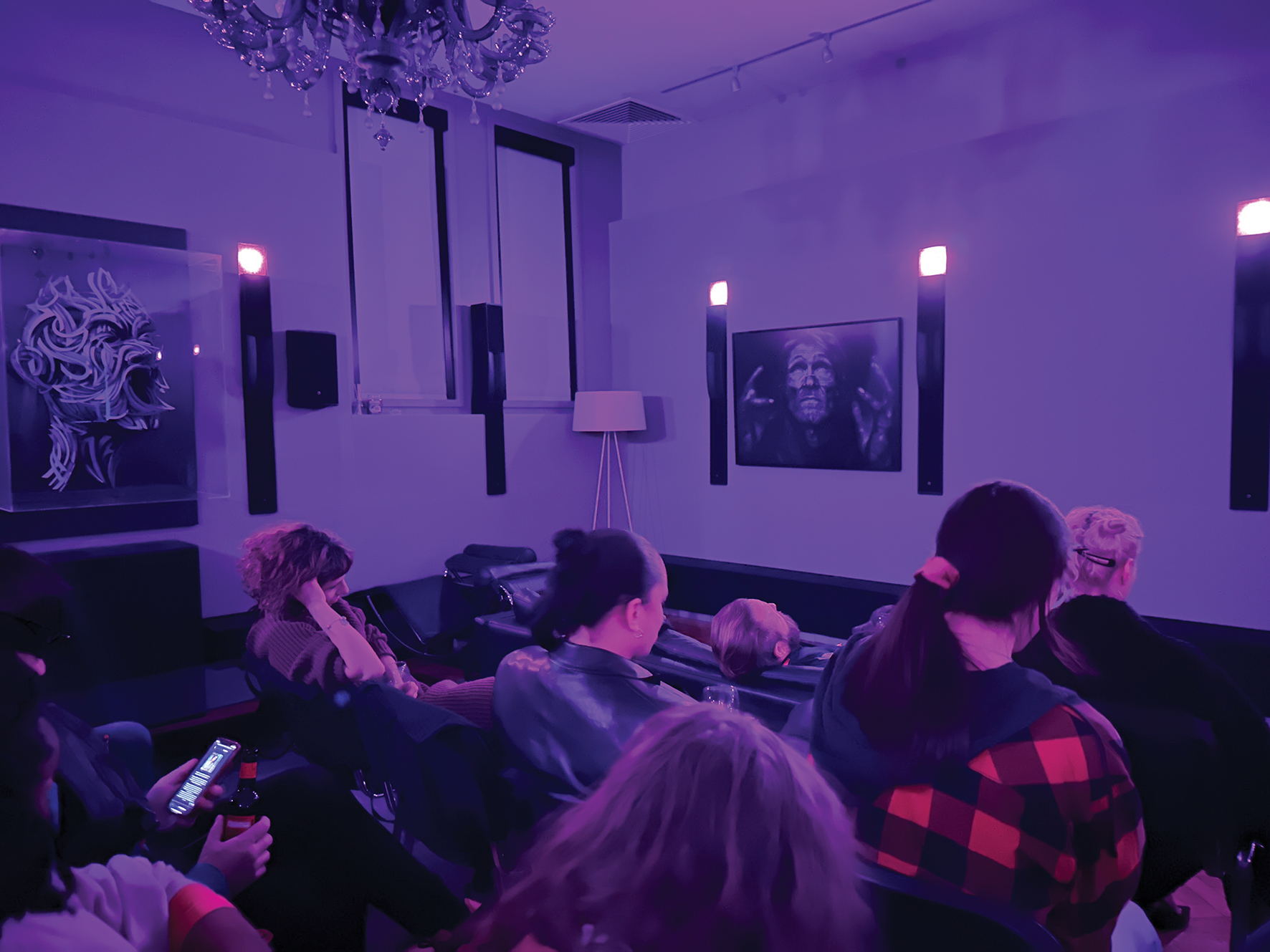
“I honestly didn’t know much about immersive audio when I first applied,” Mei tells us. “I’d heard of Dolby Atmos before, but all I knew is that it involved multiple speakers that were placed around the listener. I thought joining the programme would be a great introduction to it after seeing an ad for the programme on Instagram.”
Mei wasn’t immediately sold: “To be honest though, when I first joined the programme, a part of me was a little sceptical about whether it’d be a gimmick. When I first heard Lianne La Havas’ cover of [Radiohead’s] Weird Fishes though, in a 13.1 speaker array, I definitely felt the energy of the track translate in a way I hadn’t really experienced before.
“Being supported by guitars from behind, the drums punching through from all around in just the right ways, the backing vocals gently supporting and enveloping you… It definitely got me really excited about the possibilities it could open up for my music!”

She explains that the introductory courses shifted her perspective on thinking of track elements as objects in 3D space. “Physicality is something I’ve always strived for in my music and sound design; a quality of the sounds reaching out to the listener beyond the speakers. A lot of my music is also quite centred around storytelling. And so it almost felt like a natural progression to move into this immersive format. To be thinking about where I want to place the sounds and how they’ll move, specifically to enhance the storytelling and physicality of my music.”
The circular zone of play enabled Mei to be more flexible with her mix. “You can add way more layers (especially with lots of lows and low-mids) without things getting too muddy, which is pretty exciting. I exploited that a lot for my second track which features a boomy kick, bass guitar, contrabass recorder and synth. It’s an incredibly exciting medium to work in and almost makes me want to produce all of my future tracks for immersive audio formats. Stereo almost feels limiting after.”
Another of the compilation’s highlights is Joe Harvey-Whyte’s Ambient Orchestra. The London-based pedal steel guitarist, composer and sound designer’s contribution was a warm balm of pastoral strings, scintillating movement and lush melodies. Familiar with using ambisonic microphones when making field recordings, we were curious to find out what Joe’s experience of mixing in 360° was.
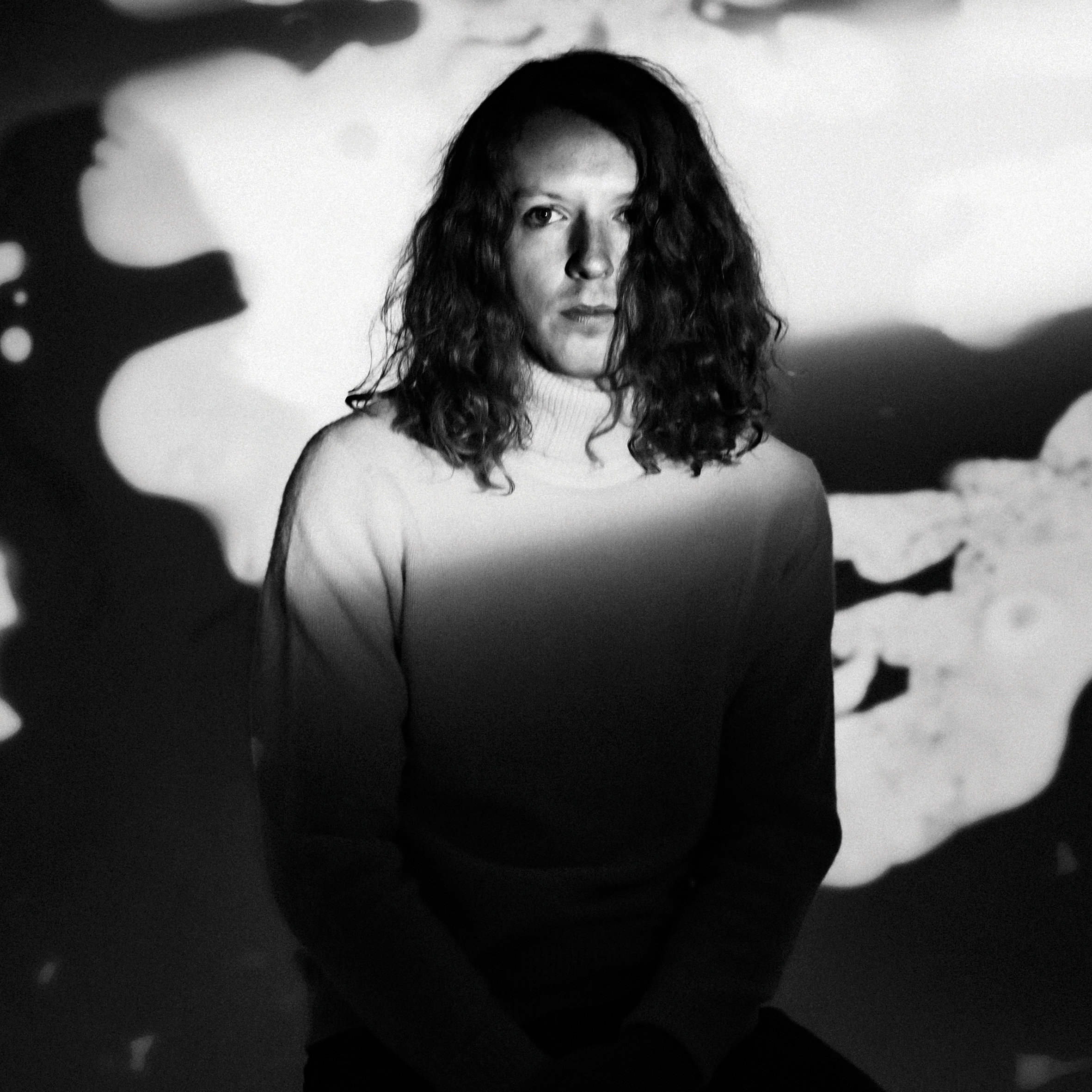
“I am an instrumentalist and sound artist who primarily uses acoustic sound sources and hardware effects such as guitar pedals. I am not a mixing engineer or an ‘in-the-box’ producer. I’m also very tactile and have come from a background working in analogue studios,” Joe tells us.
“All this created quite a challenge for me when working with the plugin. I could imagine all these incredible things WalkMix could do but I needed to learn how to interface with it. Thanks to the help of the ARK360° Academy team I was able to get to grips with using it as a mixing tool. The most difficult part of actually using the software was trying to translate 3D realisations of sound in two, or sometimes even just one dimension.
“The plugin has a 2D projection of the 360° sphere which is helpful. However when it comes to automation you are still working in one dimension; drawing lines which translate to movements in the sphere. I hope that in the future there may be a way of making the automation process more intuitive for working in 3D space.”
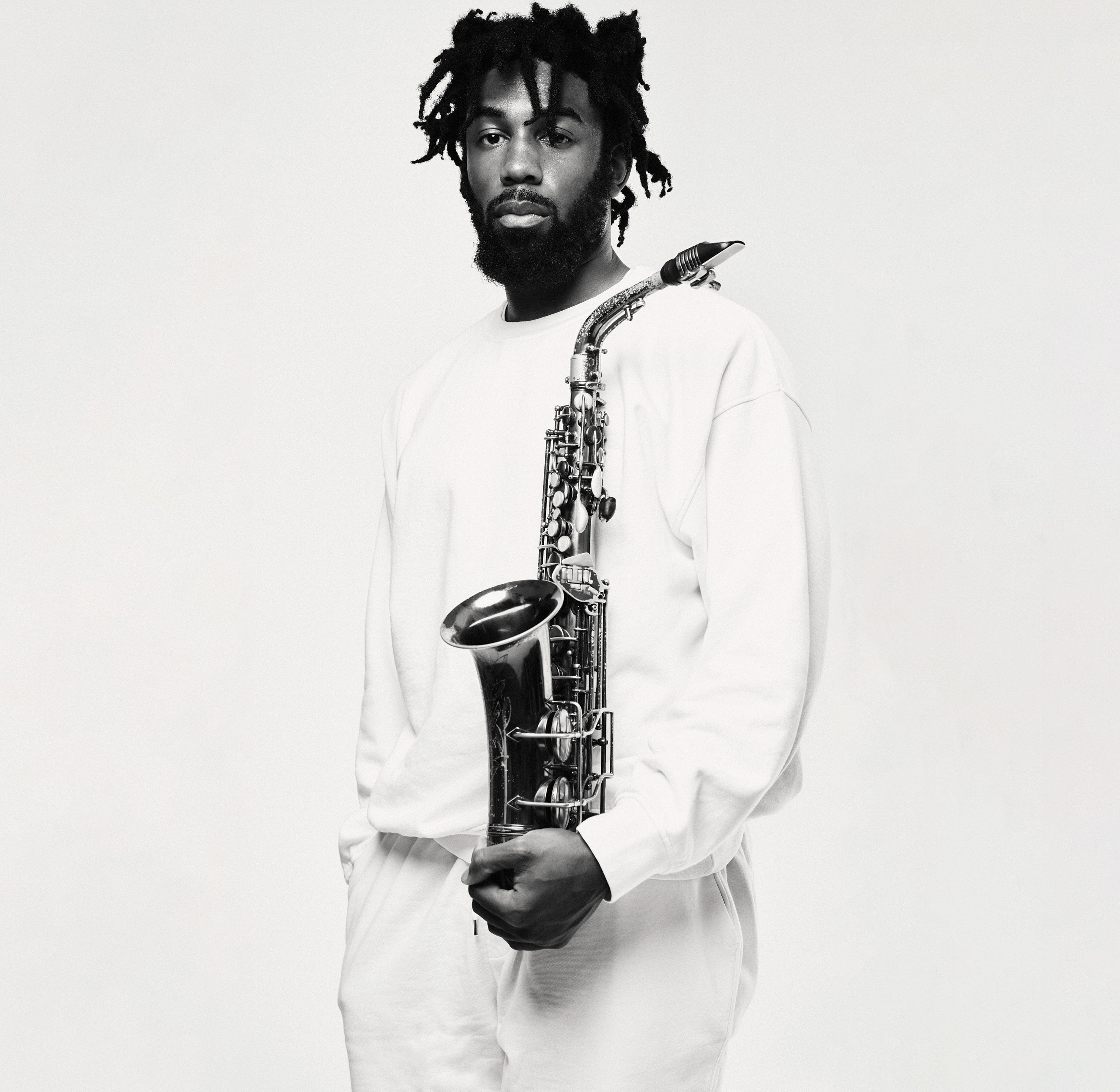
Multifaceted musician, artist, saxophonist and dancer Tyrone Isaac Stuart’s work Sketches from the Sea closed out the listening session on an enveloping high. He told us that his experience was a wholly positive one. “Working in 360° developed ideas around music-making which I’d thought about but never had the facility to develop.
“I was thinking a lot about the movement of sound through panning, frequency and delay/reverb, but having technology to treat sounds as objects in a 360° dimension felt next level. It was a challenge sometimes to go beyond gimmick, and to trust in your idea (for example, letting the music be influenced by seeing the objects move around, rather than just how it sounds), but those are good challenges to be busy with.”
What emotion sounds like
As the artists moulded their tracks, support was consistently on-hand from the ARK team. This collaborative feeling of pushing at the creative frontiers became a real motivator for Kris Winter. “The relationship with people and the collaboration was the best aspect for me. These were all new or up and coming producers, and there was a range of skill levels involved.
“The styles they each represent are all over the place which I absolutely loved as it showcased how diverse the London scene is. What I wanted to do is give them all a platform to show what they could do. Each took this exercise and broke new ground. They’re now all keen to work further with this technology. It’s hopefully changed their thinking.”
This psychological aspect of music production, and how it serves as a gateway to the inner worlds of the artist, is something that Kris believes is really emphasised by 360 audio. “I do truly believe that music is what emotion sounds like. Some artists were very verbal about how vulnerable they feel when they expose themselves sonically.
Immersive audio helps us to get closer to ‘real-world’ listening. We can now place the listener at the centre of a sonic world; this is true immersion
“It was very challenging at times to provide that kind of support, but at the same time it was really inspiring and beautiful. We picked some artists that haven’t performed or put out any records before, so for them this process was quite daunting. But we were a very supportive group.”
Following the release of Immersive London Calling, Kris confirms that the project is set to become an annual event. “This is the first one that we’re doing and we’ll definitely make it a regular thing. Really we want to create a space where artists can actually perform what they’ve done in immersive audio. We’re going to be creating a course for people who’d not only want to make and release music, but also perform in an immersive space. Our partners at L-Acoustics already have the speakers and the systems in their space. We’re going to collaborate with them in the near future.”
Kris also tells us that the company will be developing a space wherein a combination of acoustic treatment and immersive audio can potentially be used to tackle specific diseases.
The end of stereo
As Kris established earlier, immersive audio formats are undoubtedly here to stay, and will inevitably surpass traditional stereo as a new standard for music listening. But, what would some of the artists say of a future that ejects stereo mixing completely?
“I think we have been striving for greater levels of sonic immersion since the invention of stereo,” Joe Harvey-Whyte tells us. “Recent advances in technology are now enabling us to experience sound in 360 degrees and helping us to get closer to ‘real-world’ listening. We can now place the listener at the centre of a sonic world; this is true immersion.
“Does all music need to be in 360°? Probably not. But will the ability to create music in 360° influence the way music makers create? I think so. Similarly music is not the only form of sonic experience. It may be that immersive audio will enable more people to experience the grey area between sound art and music.”
It’s this type of creative eye-opening that the Immersive London project has provided for Mei Kirby, who is particularly enthused about where the format might allow her to go as an artist. “As an artist, I really want to create more in the format. As a fan of music and, more broadly, sound, I want to experience all of my favourite sounds via immersive audio.”
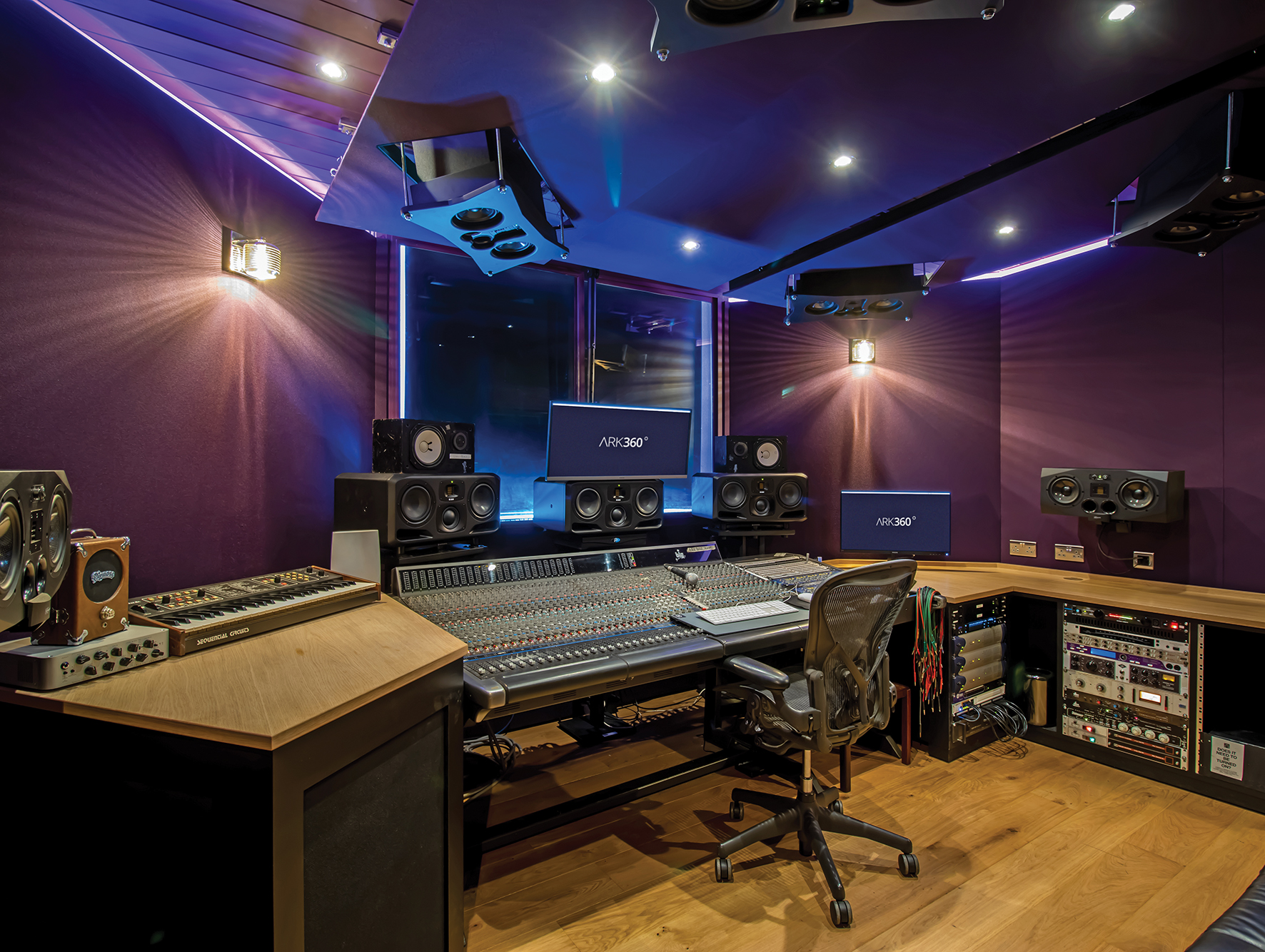
“There are a few things that are still holding it back though from becoming a dominant medium for audio. Getting a speaker array installed is still costly and complicated. Getting such a large number of speakers is already expensive, but to get some sort of contractor to install them in your home, or buying the scaffolding that supports the array, is a bit too expensive for the average consumer. That’s why I envision it becoming more commonplace in live music venues before it comes into the home.”
Tyrone Isaac Stuart foresees spatial audio changing our relationship with sound: “My desire is for people to achieve heightened experiences by immersing themselves in sound. Whether that’s through 360°, or just experiencing an acoustic session in a great space, the future involves organic, rich encounters with sound. People and spaces have already achieved that, while at the same time I love the fact that an immersive experience allows people to create new experiences for themselves, in self-curated environments.”
One barrier, however, is the fact that 360 Reality Audio and Dolby Atmos are distinct, uncooperative formats. It’s one aspect that irks Mei. “Dolby and Sony are fighting it out for dominance at the moment and so Atmos and 360RA aren’t compatible or open-source. We need to be able to easily play Dolby Atmos and 360RA on any sound system. I guess more widely, it’s a problem of accessibility. I doubt stereo will ever go away, but if immersive audio becomes more accessible, it might become a future of music.”
Listen to Immersive London Calling now via Tidal and Amazon Music.



I'm Andy, the Music-Making Ed here at MusicRadar. My work explores both the inner-workings of how music is made, and frequently digs into the history and development of popular music.
Previously the editor of Computer Music, my career has included editing MusicTech magazine and website and writing about music-making and listening for titles such as NME, Classic Pop, Audio Media International, Guitar.com and Uncut.
When I'm not writing about music, I'm making it. I release tracks under the name ALP.